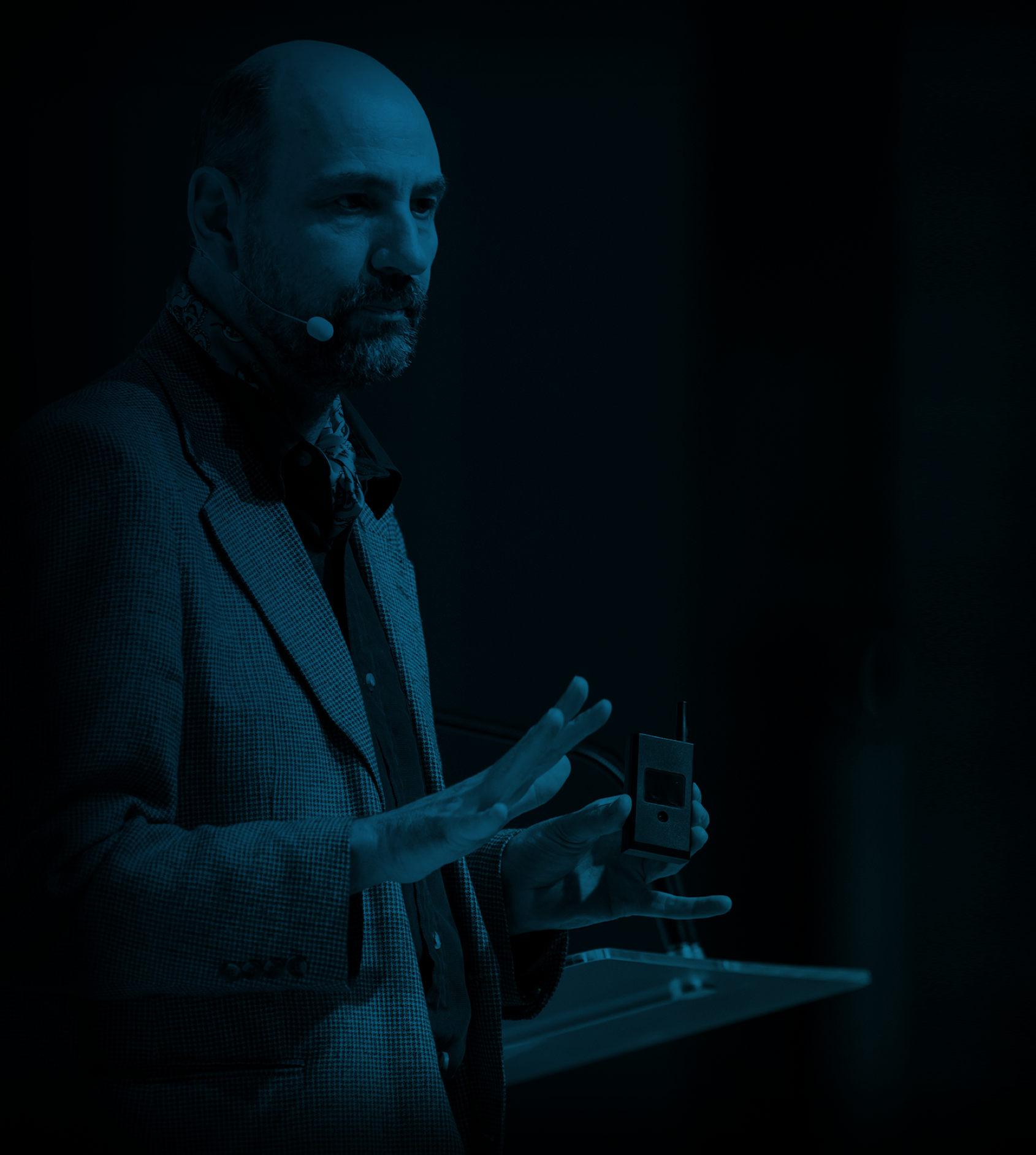How agile was born
In 2001, a group of software developers gathered in the picturesque ski resort town of Snowbird, Utah, to discuss emerging approaches to their trade. They hit on some ideas that they felt were good enough to commit to paper. They certainly had ambitions. But they had no clue how far their words would go.
Their central belief was that software development needed to be more adaptive and responsive to change – or ‘agile’ as the group decided to call it. The Agile Manifesto transformed this core concept into a rallying cry for the software industry. The group continued to collaborate, producing a succinct statement of supporting principles that emphasizes spontaneous collaboration, simplicity and the pursuit of technical excellence to meet changing demands and achieve goals.


The rise of fake agile
Agile ideas have gained traction everywhere, from boardrooms to business schools, but the true meaning of agile has at times been lost, and 'fake agile' can put companies on the road to failure.
How to spot a fake? The difference lies in ‘doing agile’ vs ‘being agile’. Organizations that ‘do’ agile merely adopt agile practices. They do standups and retrospectives and paper walls with Post-its. While this can create small changes, the greatest gains in satisfaction and innovation require a mindset shift. Companies need to be willing to move away from stringent planning and control toward iterative, incremental approaches built around customers and employees.
The explosion of interest in agile has created an 'Agile Industrial Complex’. As agile grew, so did its frameworks, certifications, and courses. The problem is that organizations expect they can simply do the course or implement the framework and become agile.





Learn about agile in practice
Those five letters have come to shape the working style of some of the world’s highest performing firms: tech giants like Microsoft, Netflix and Spotify; media players like REA group; and auto and transport firms like Daimler, Trainline and Uber.

How agile fuels digital transformation
As enterprises look to update their business models for the digital era, the agile mindset will prove a key engine of competitive advantage.
Most organizations focus on agile for operational agility - doing what they’re already doing better, faster and cheaper. However, advanced agile organizations build on this necessary foundation to achieve strategic agility.
“I see agile and digital transformation as very closely linked. Digital transformation exercises are a strategic effort that involves changing the way you’re working, but you can’t predict what effect the changes you make are going to have on what you do. Therefore you’ve got to have a very dynamic strategy, and in order to be successful with digital transformation you’ve got to think about switching to an agile mindset.”
Martin Fowler, Chief Scientist
Measuring results and moving to the next level
Defining success in the pursuit of agile principles and moving to the higher stages of agile fluency is not easy. But there are telltale signs that show when an organization is on the right track. Pioneering agile organizations stay on top of technical debt, elevate technical excellence, and their teams continuously monitor progress.


Perspectives delivered to your inbox
Timely business and industry insights for digital leaders.
The Perspectives subscription brings you our experts’ best podcasts, articles, videos and events to expand upon our popular Perspectives publication.








